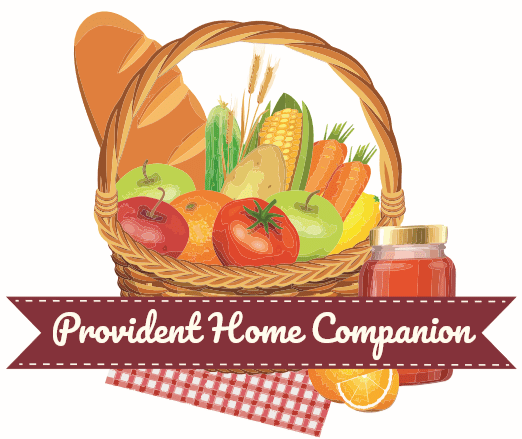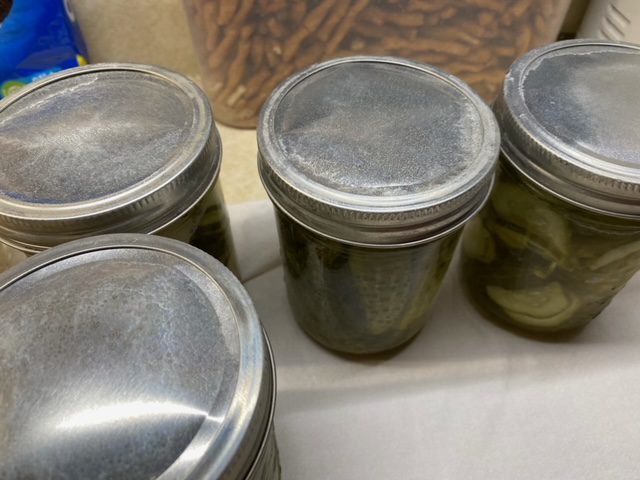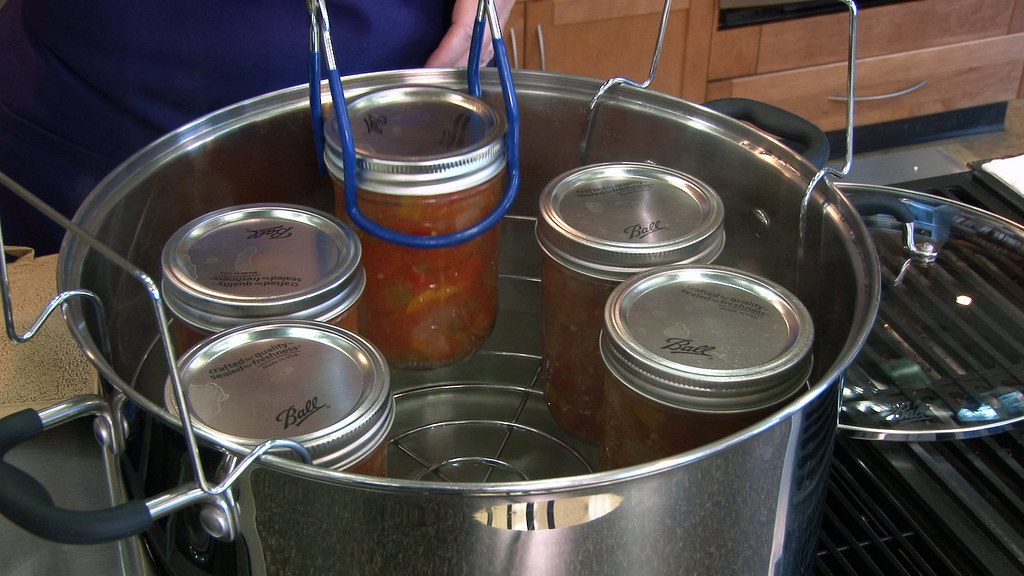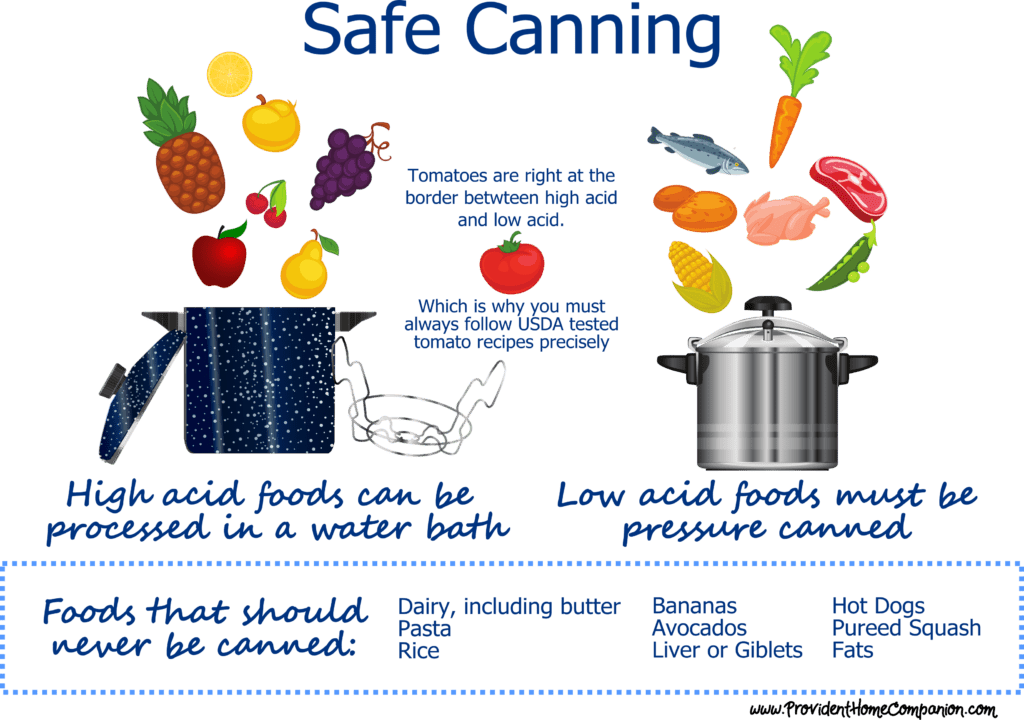

Provident Home Companion
Last week I wrote about all the good reasons you should be canning food this summer. And now it's time to get started. The garden is producing, fruits are ripening, you have so much good food available to you this season, it's time to take advantage of the season's abundance and store up a nice supply of food for the winter.
Canning doesn’t need to cost a lot. Just start with a water bath canner, a box of jars with lids and a jar lifter. You can often find these at thrift stores or on Craigslist for less than $20. Yes, there are other tools you can get that will make prepping and processing a little easier. But this is really all you need to get started.
Last year there was a shortage of canning jars and lids. But this year it looks like producers have caught up with demand and there are plenty of canning jars with lids in stores. The price has gone up about 20%-25%, but then what isn't more expensive? Unfortunately, lids can still be a bit hard to come by, so keep checking the stores.
Note: In response to consumer demand, there are a couple new producers of canning jars, Pur being the most widely available. Sadly, many long-time canners have reported a higher-than-average failure rate with these off-brand lids. I've read on canning forums that the lids do not do well with pressure canning or if you use them on a non-Pur brand jar. The latter is only a problem for those who've been canning for years and have the older Kerr or Ball jars. If you are new to canning, you should have no problem if you are using the Pur jars with Pur lids.

It's easy to get started

Safety First!
You've probably heard the stories of people who got sick from home-canned food. That only happens when people do not follow USDA tested guidelines for canning. Canning equipment and the acid content of food have changed over the decades and the USDA is always testing to determine the safest process for canning. Do not use old family recipes or the recipes in your church's cook book. Always, always follow the most recent recipes and guidelines from the USDA.
While there are lots of great instructional videos and websites for canning, some of them advocate practices and ingredients that are not proven safe. Always compare the instructions you see online to what the USDA safety-tested instructions say.

Water Bath vs. Pressure Canning
Water bath canning should only be used for high-acid foods. This includes pickles and relish, fruit and fruit jams and most tomatoes. The acid in fruits and tomatoes prevents the formation of dangerous bacteria. Once you are comfortable with water bath canning, you should try pressure canning. There are a couple extra steps to pressure canning, but it's not at all hard.
With the exception of tomatoes, all vegetables, meat and legumes are low-acid foods and need to be pressure canned. Tomatoes are right at the borderline between low acid and high acid, so always follow recipes precisely to ensure that your tomato products are high acid when processing them in a water bath.
Botulism is a potentially toxic bacteria can form in anaerobic conditions, like a sealed canning jar. But processing the food at 240°-250° will kill all the dangerous bacteria. And that's what a pressure canner does: it gets the food to a higher temperature than a simple water bath does.
Work steadily and systematically to preserve all that you can this summer, and at the end of the season you will have a glorious stock of canned food to carry through to next spring.
Canning FAQs: https://www.providenthomecompanion.com/canning-faqs/
Print out the latest safe instructions from NDSU Extension: https://www.ndsu.edu/agriculture/extension/extension-topics/food-and-nutrition/food-preservation
Jackie Clay is my #1 go when I have a canning question. Ask Jackie a question: https://www.backwoodshome.com/blogs/JackieClay/ask-jackie-a-question/
